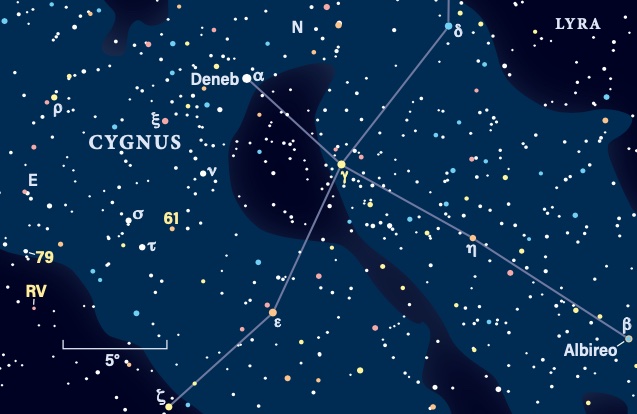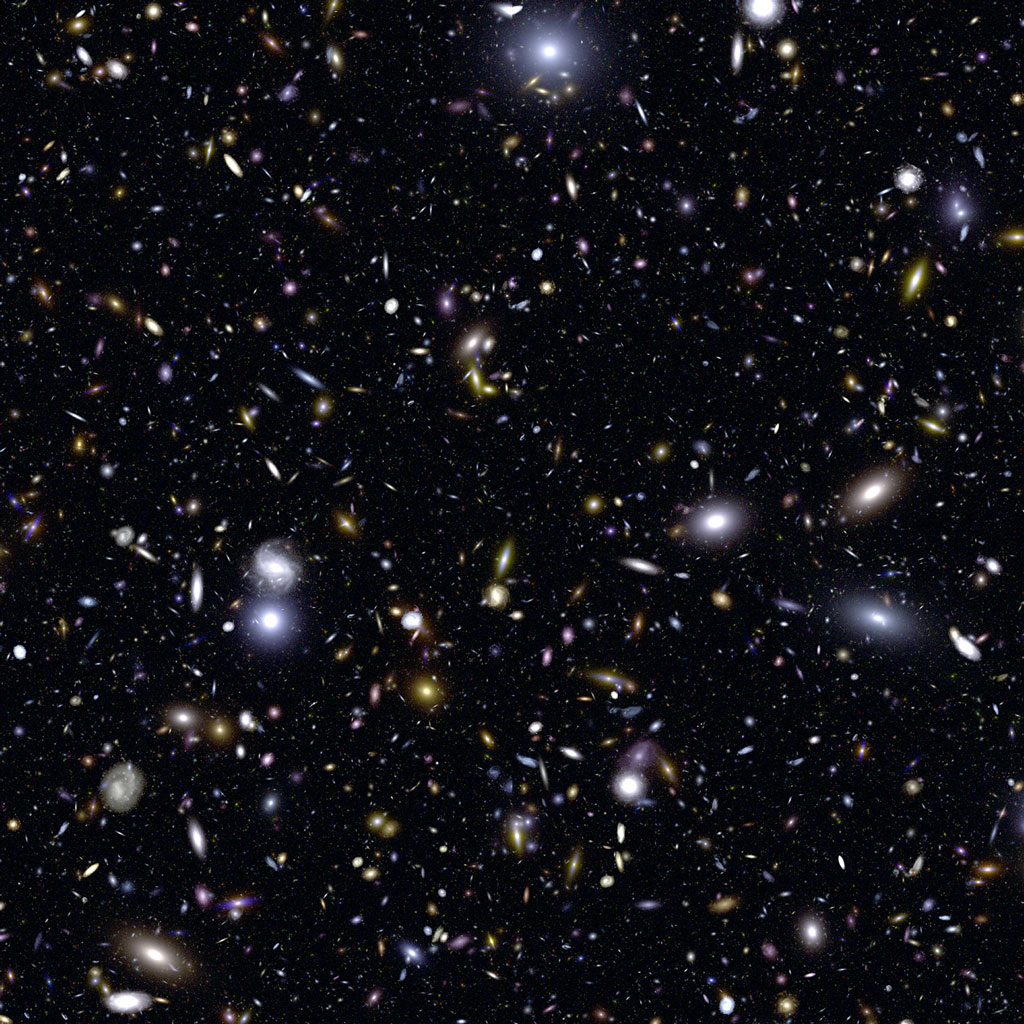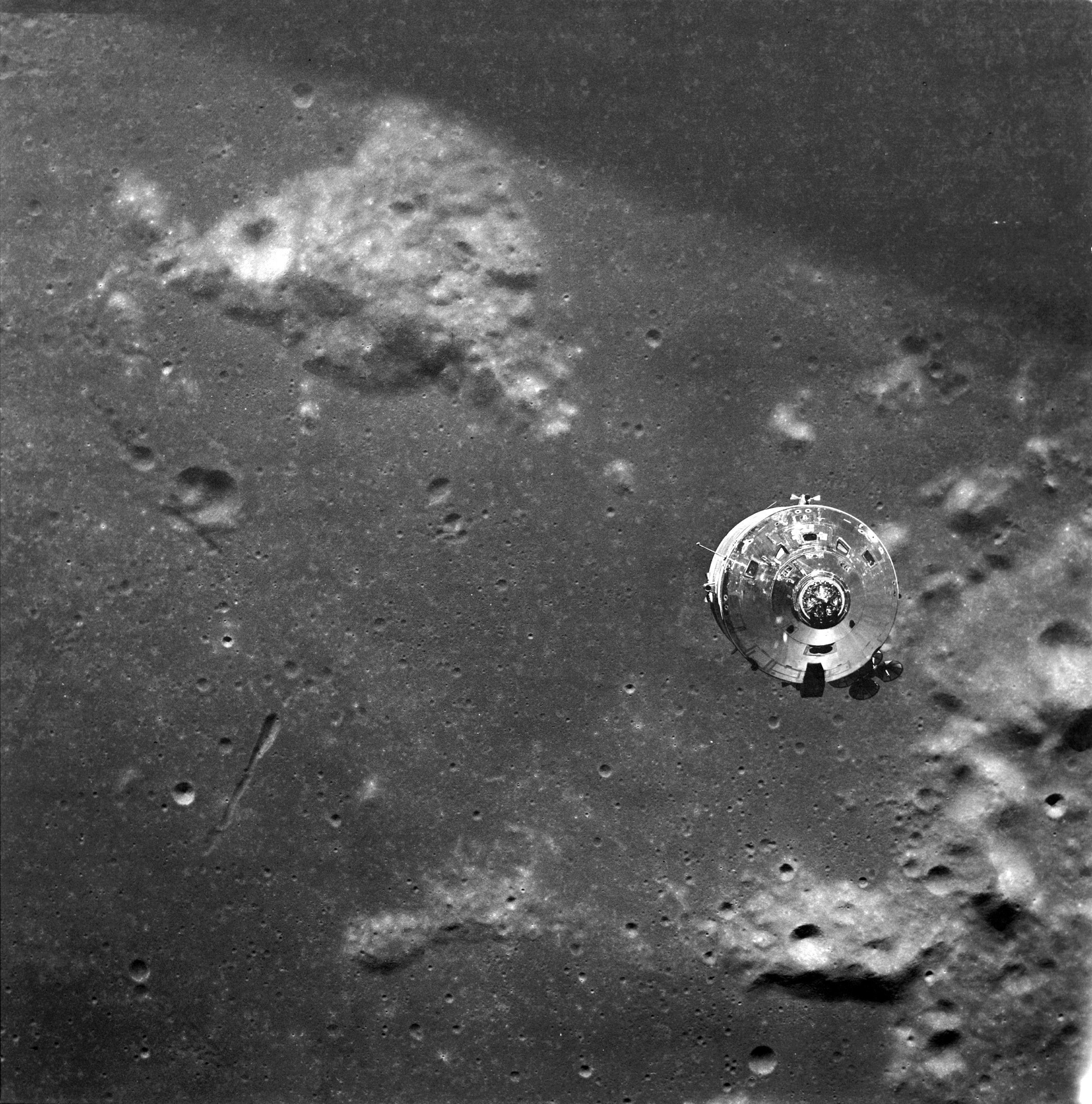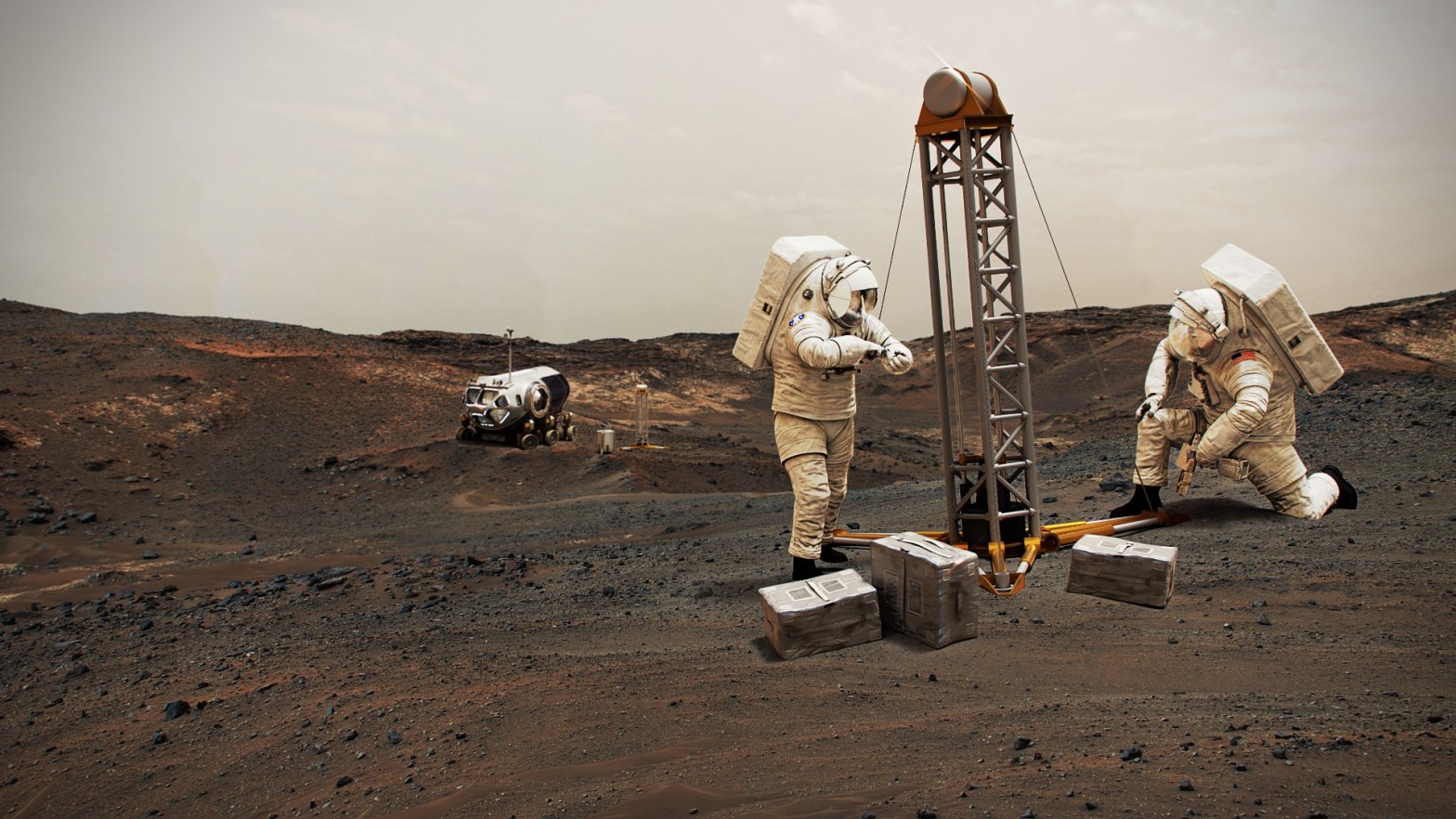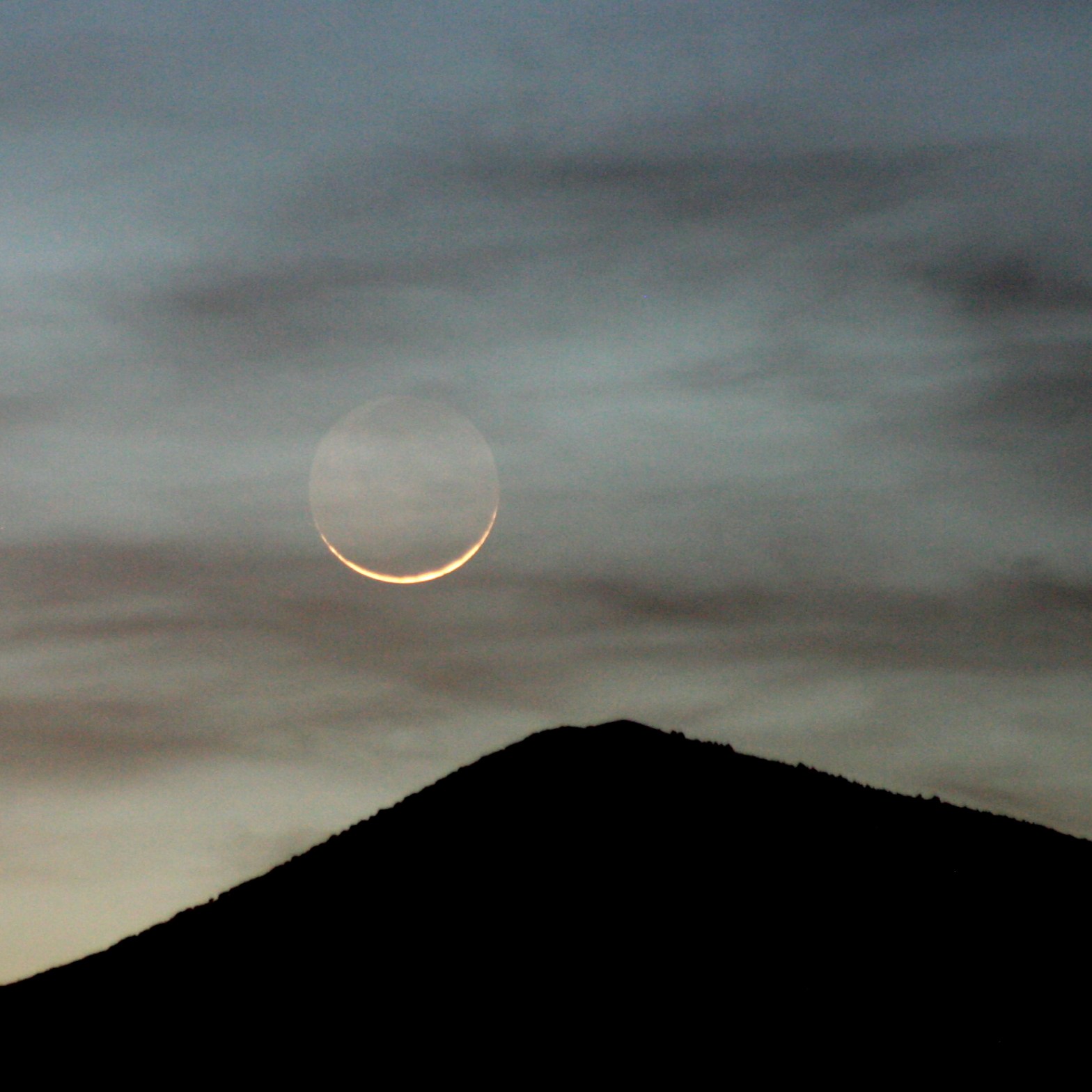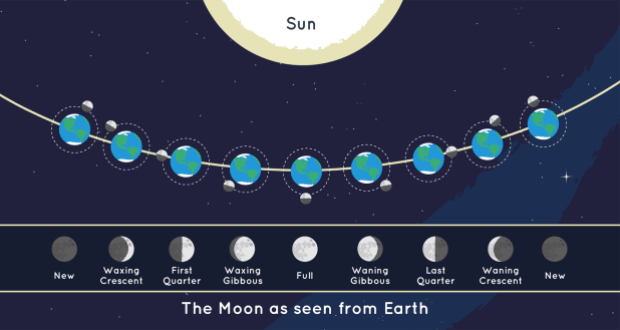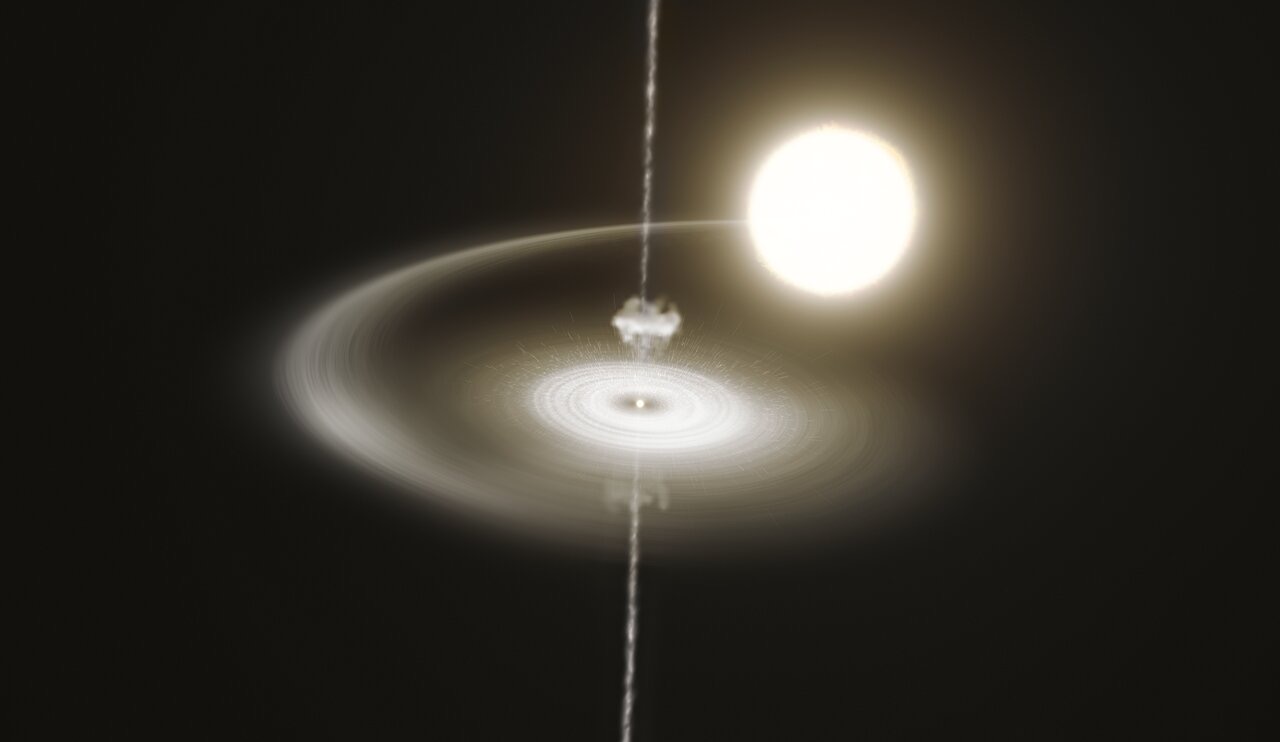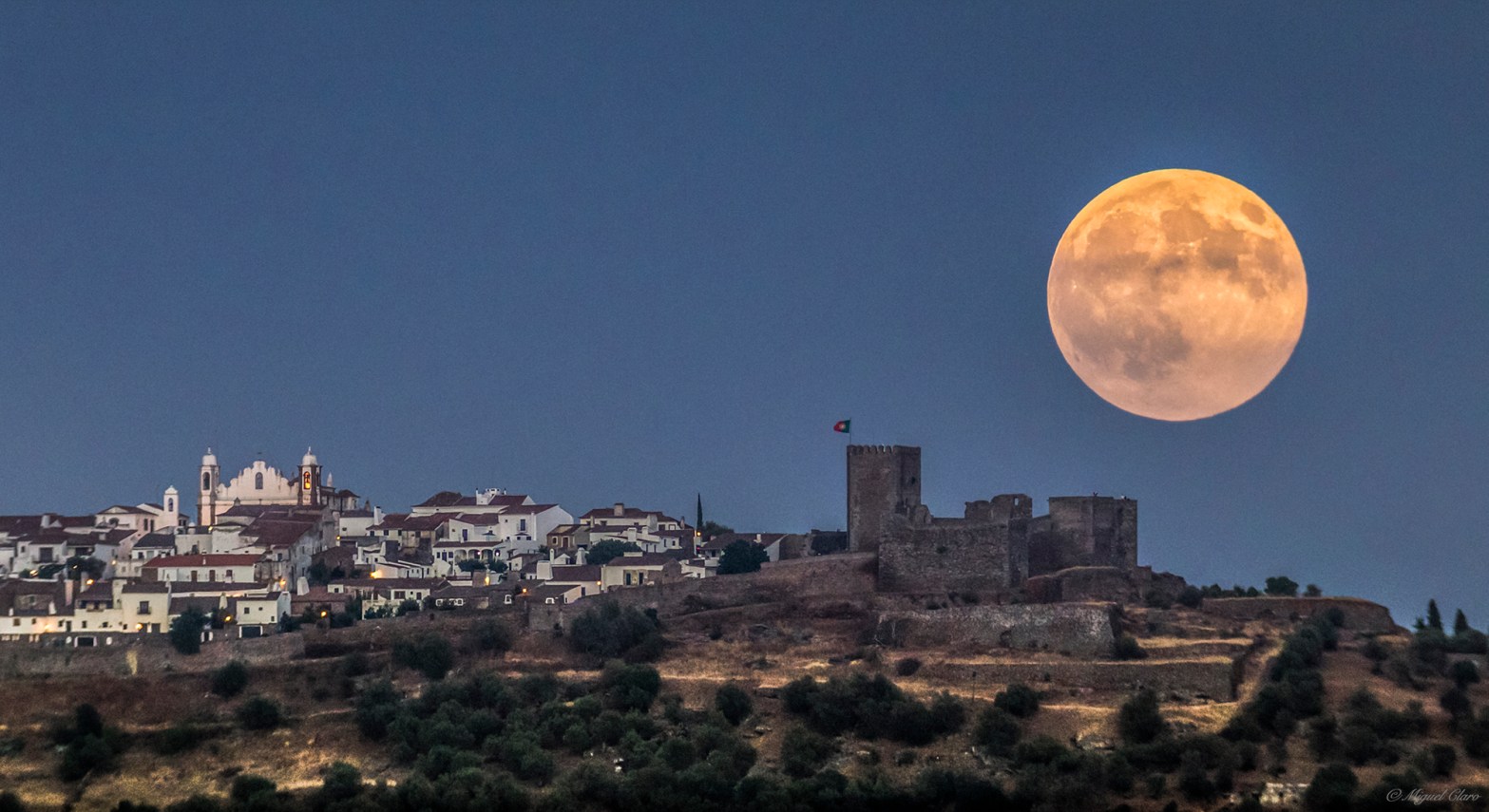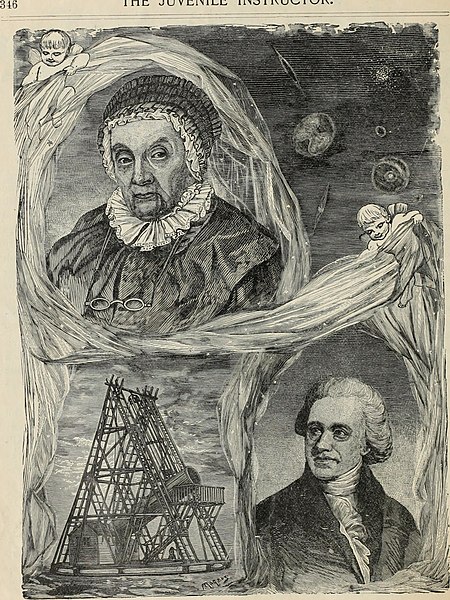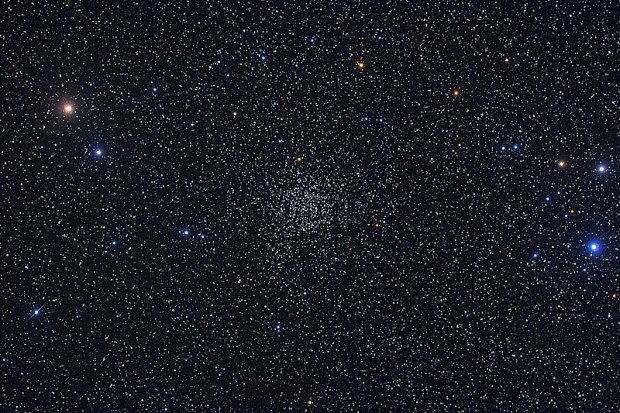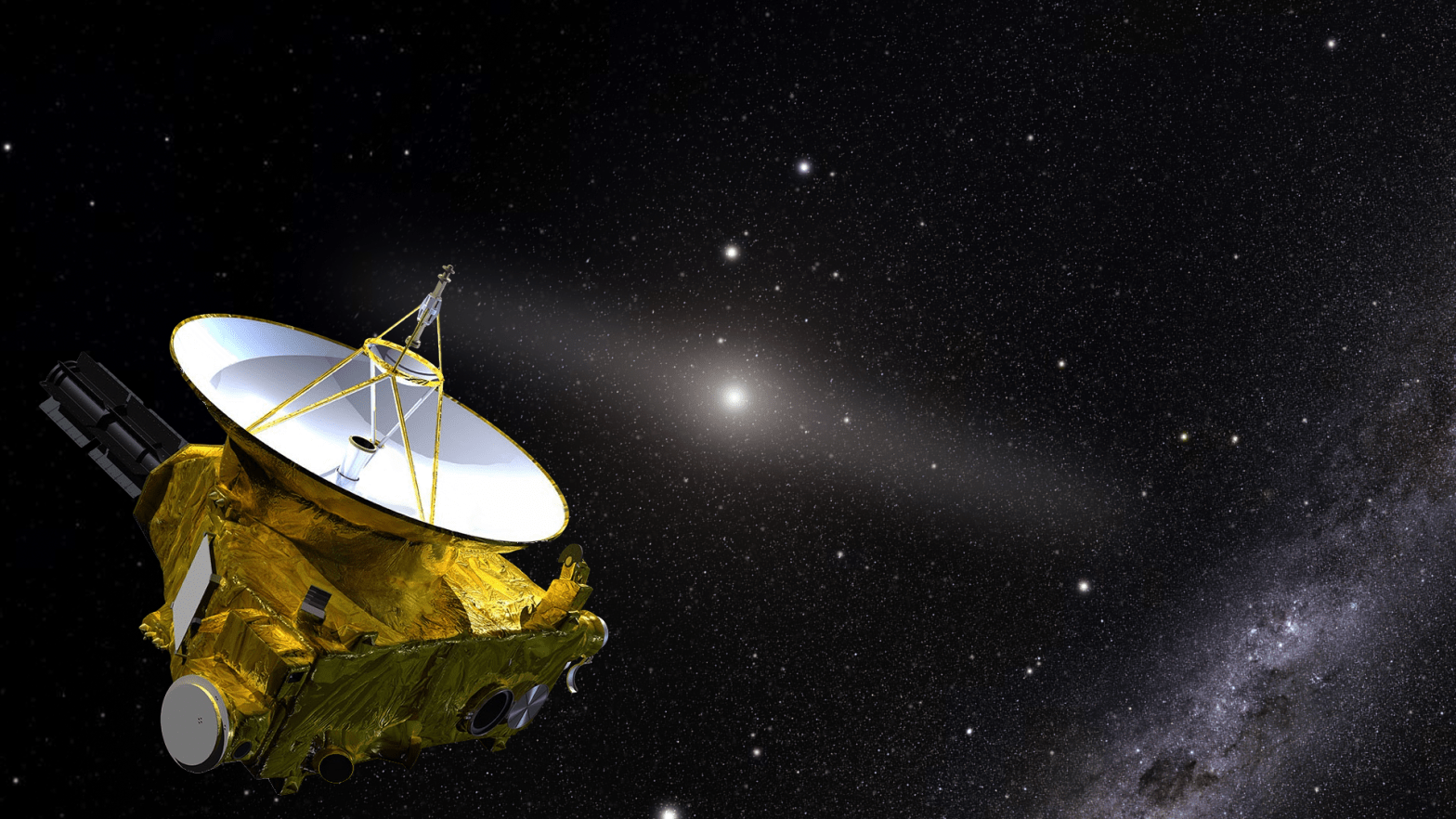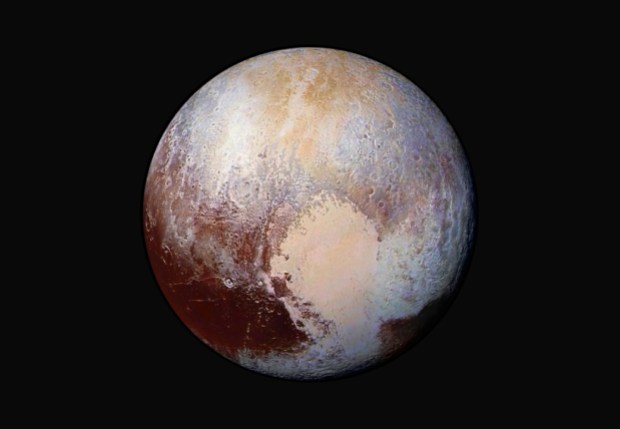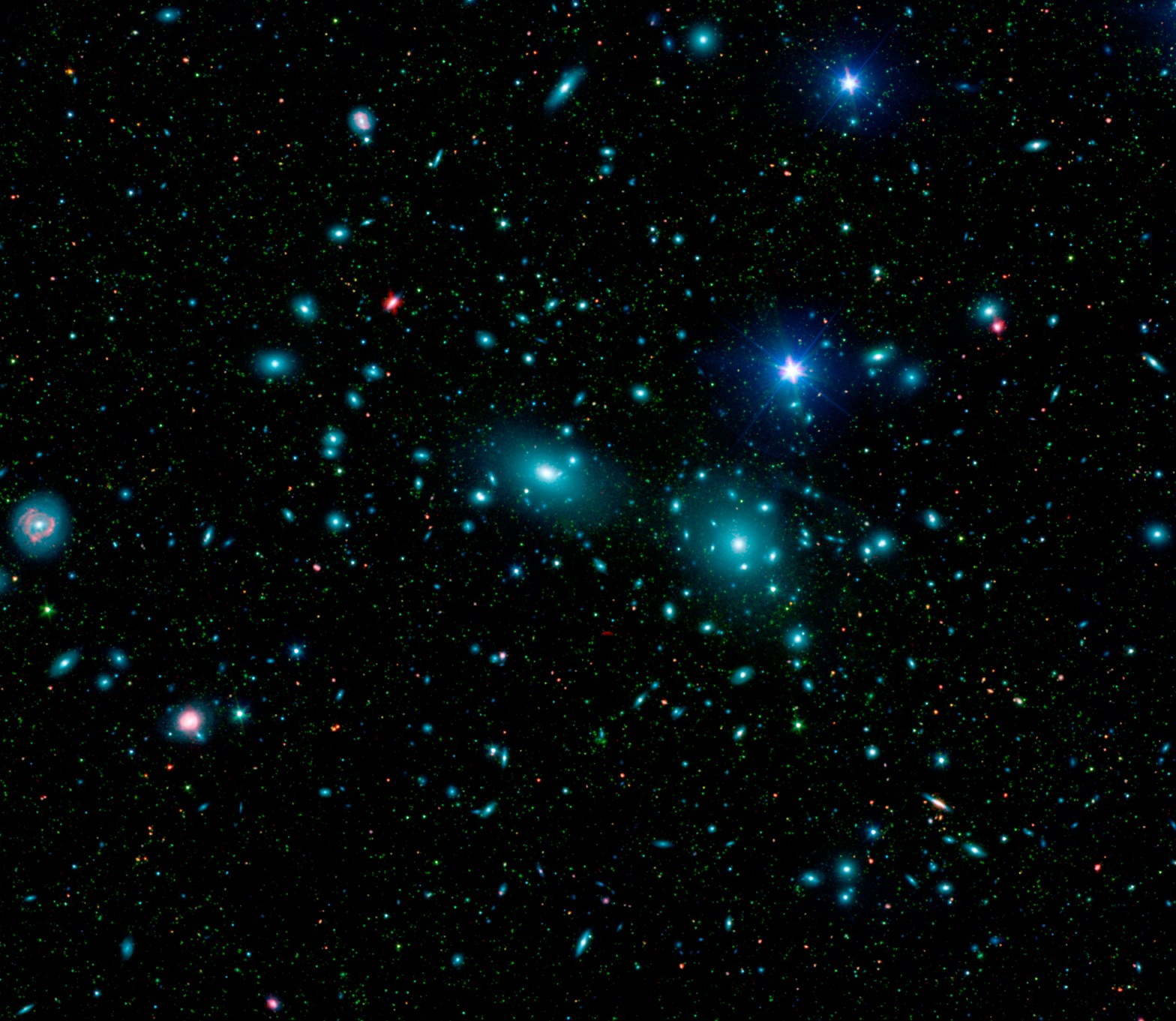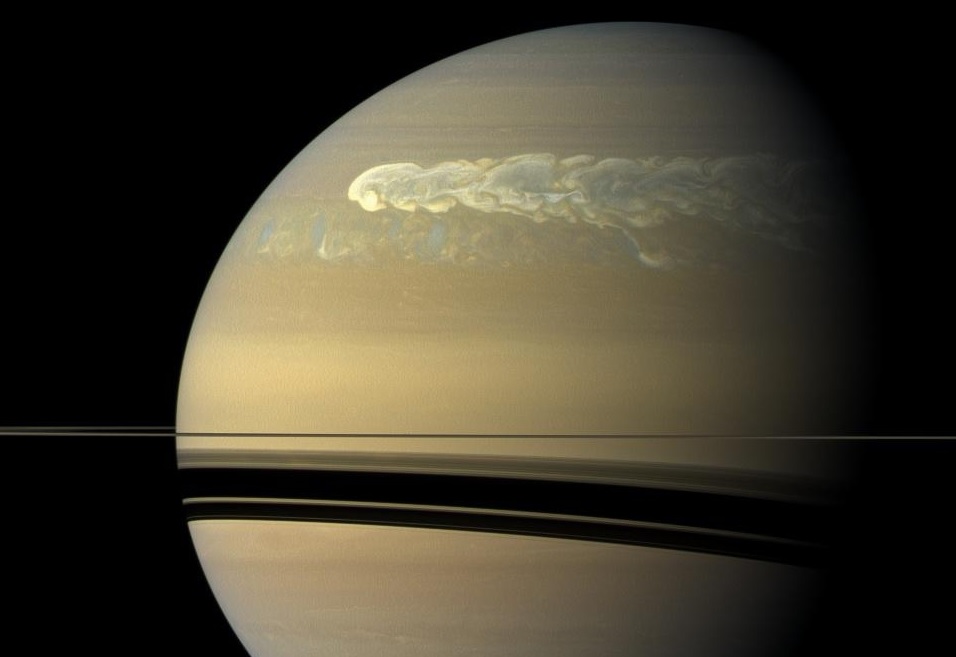In his 1948 book, The Stars in Our Heaven, Peter Lum wrote: “The Swan of Heaven is a long-necked bird in full flight down the Milky Way. He is … by far the most magnificent of the feathered creatures of the star world. There is no other constellation that has such a feeling of outstretched wings, no other which so successfully suggests the movement of flying.”
Cygnus, to which Lum refers, is indeed a magnificent constellation. One of my favorite things to do on late summer evenings is to sit back in a chaise lounge and scan its features with binoculars as it soars across the sky. It has so much to offer.
A few years ago, the Swan’s wide array of double and multiple stars captured the attention of Kansas amateur astronomer Fiske Miles. In a letter he expressed that like me, he believes that “binoculars are often thought of as supplements to telescopic observing, good as a finding aid or for quick views, but if one delves deep with a binocular, an amazing amount can be seen. Honestly, there’s enough to keep an observer occupied for a lifetime.”
Miles enjoys viewing double stars through his collection of binoculars. “For observers who view most frequently from light polluted locations,” he writes, “double stars are fantastic objects. Thousands can be seen.”
To share his enthusiasm with the community of like-minded amateurs in the Binocular forum on www.cloudynights.com, Miles created a thread called “Adventures With Binocular Double Stars.” He posted that he had drawn up a list of 100 double and multiple stars within Cygnus that are visible through binoculars, calling it the “Cygni 100 Challenge.” All are within reach of 20×80 binoculars, and many are visible in far smaller models.
Here are some of my favorites.
Albireo (Beta [β] Cygni) is always on everyone’s list. The 5th-magnitude azure secondary is separated from the 3rd-magnitude golden primary by 35″. That’s wide enough to resolve through 10x binoculars, although bracing the instrument against a tree or fencepost may be required. Defocusing the view slightly also helps accentuate the colors.
A tighter pair is 61 Cygni, famously nicknamed Piazzi’s Flying Star. It lies 9° east of Sadr (Gamma [γ] Cygni). The system’s 5th-magnitude primary is accompanied by a 6th-magnitude companion to the southeast. These orange K-type dwarfs are separated by 31″, which is very close, but doable at 10x. My 16x70s resolve them nicely.
Italian astronomer Giovanni Piazzi bestowed the “Flying Star” nickname in 1792. He noticed that the pair’s position had shifted against the surrounding star field when compared to earlier observations by British astronomer James Bradley in 1753. We now recognize that 61 Cyg has one of the highest proper motions of any star in the sky.
Lastly, there is 79 Cygni, about a binocular field east of 61 Cyg. Viewing through his 70mm binocular telescope at 19.5x, Miles describes the pair as “a bright white primary with a lemon-yellow secondary, generously spaced” by 150″. That makes them easy targets for 6x and 7x binoculars. But wait, there’s more. The carbon star RV Cygni, which Miles calls “fantastically red,” lies just to their south. RV Cyg only shines at 11th magnitude, however, so seeing the color contrast may require 50mm or larger binoculars.
After you’ve begun your personal exploration of the Swan with three of my favorite double stars, next expand your viewing to a related list on the Cloudynights forum by Miles called the Cygni Sweet 16, considered the best of the flock.
And once you view these, why not take a deep dive into the full list? You can download the entire Cygni 100 file for yourself by going to bit.ly/cygni100.
I would enjoy hearing of your success with the Cygni 100. Contact me through my website, philharrington.net. Until next month, remember that two eyes are better than one.

